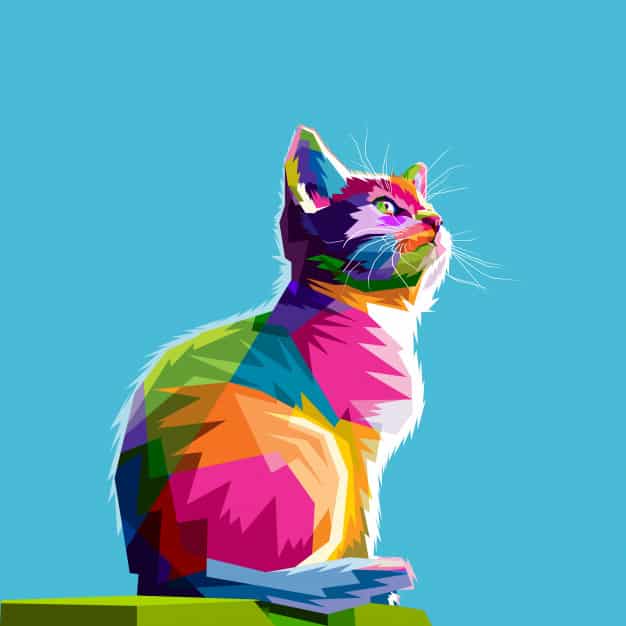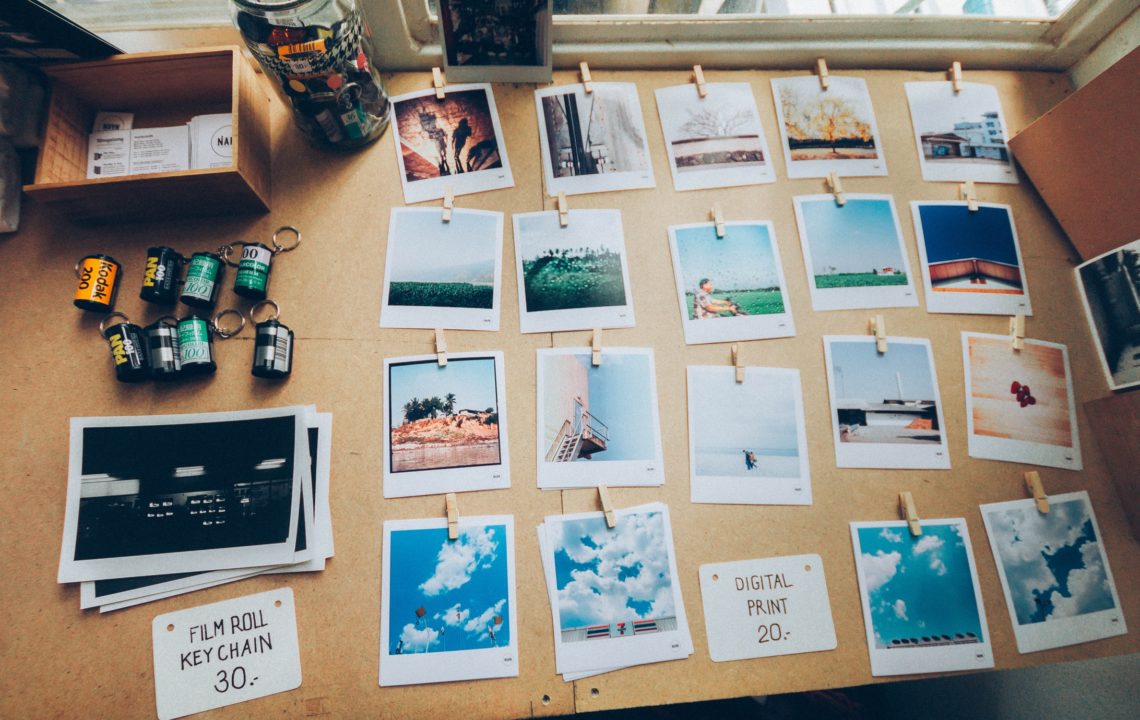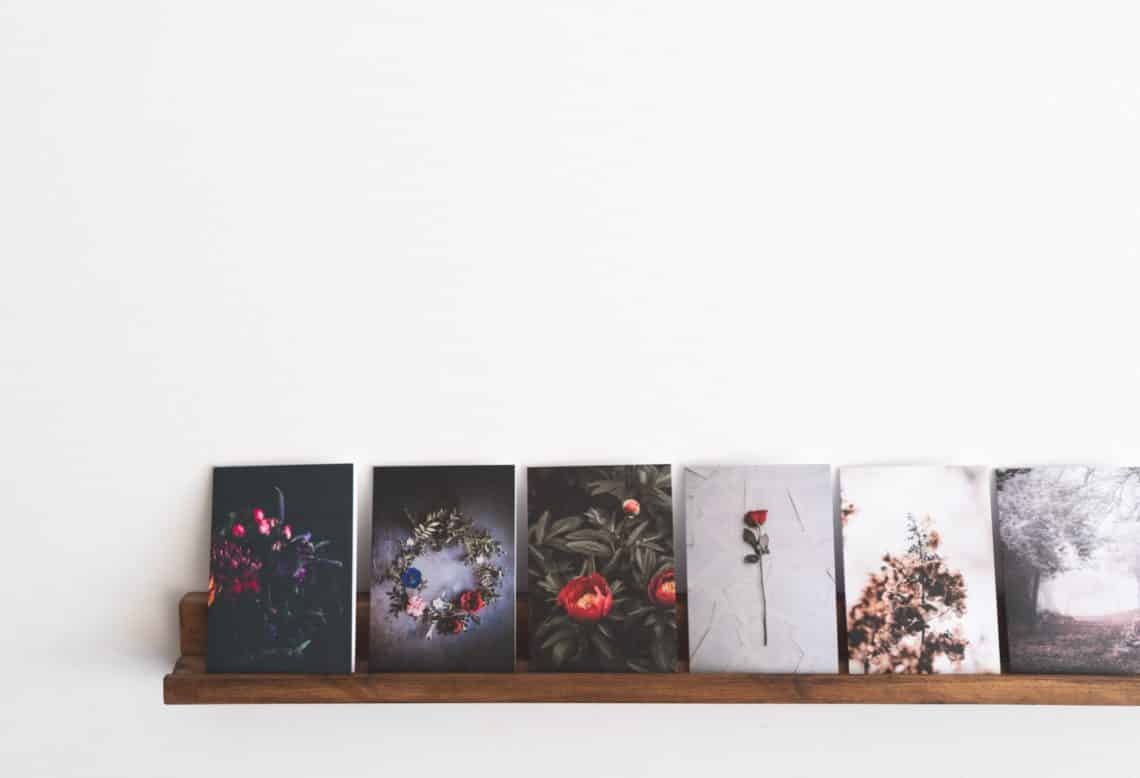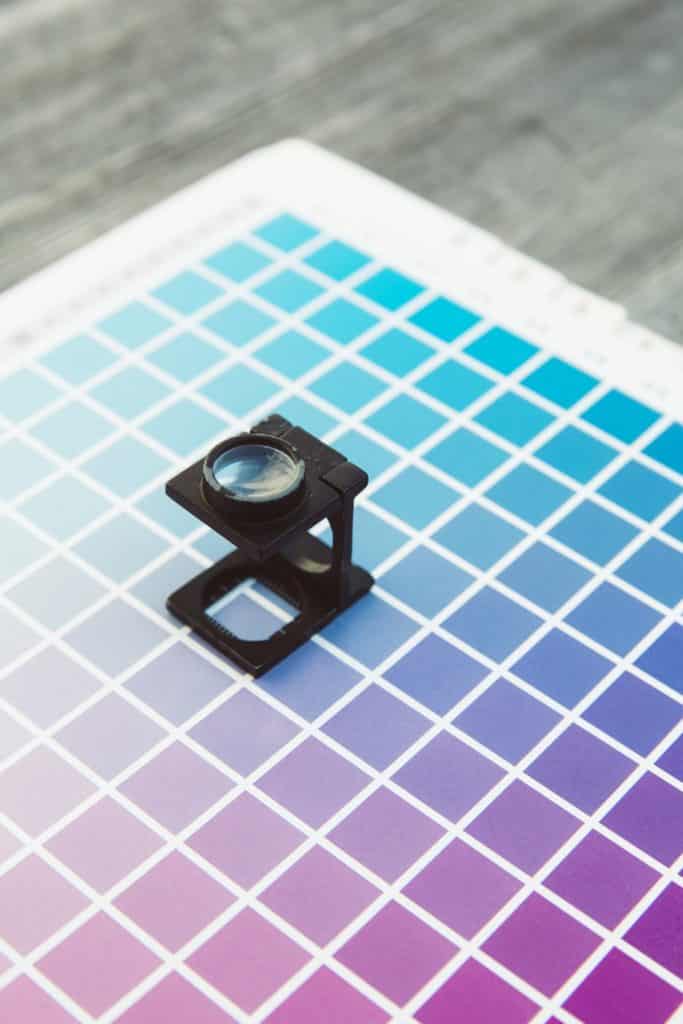What is a giclee printing?
Giclee is pronounced as ‘Zhee-Clay’ is originally derived from a French word ‘la giclée’, which translated, means something that is sprayed or squirted.
Through this article, you will know the origins, the purpose and the process of Giclee Printing.
Many artists felt the need to recreate their art to extend its life cycle, empowering them to generate revenue from a singular art piece even if the original is sold.
This is beneficial to both parties, as the creator can monetize their work more efficiently, and a potential art buyer to find a more affordable version of the same artwork, which retains all the beauty and colors of the original version.
Guide to Giclee Printing – Introduction to Archival Printing

What’s the relation with printers anyway?
Giclee printing also derives its name from inkjet printing, a method, where ink is sprayed with precision to create quality prints.
The similarities with common inkjet printers end there, however, as these are a specialized kind of printers, which accept larger varieties and formats of paper, use special ink and print at a much higher resolution than standard inkjet printers.
This means that all Giclee printers are inkjet printers, but not all inkjet printers are Giclee printers, allowing artists to get unmatched color rendition and resolution.
Giclee prints also have a longer lifespan than standard inkjet prints, which means they retain their color and are not prone to fading as some inkjet prints do over time.
Why is Giclee Printing gaining notoriety?
The ease and reliability of Giclee printing resulted in the rise in popularity of reprinted artwork. This can be easily inducted into a modern artist’s business model, enabling greater remuneration for their hard work.
While the term Giclee prints originally meant just plain digital reproductions of a painting or a drawing, modern tools have enabled much more flexibility, allowing artists to create Giclee prints as part of their digital workflow, using popular tools such as Adobe Photoshop or Illustrator.
Purists often think this is simply a means of charging a higher price for what could be called a simple inkjet copy or screen print of original artwork. This couldn’t be further from the truth, since for a print to qualify as a Giclee, four important criteria need to be met: the resolution of the print, the type of paper, the type of ink used and what print hardware is used in the reproduction.
We will delve into these four criteria to explain what sets Giclee prints apart and how one should go about choosing the right resolution, paper, inks, and printers.
-
Resolution
In printing, the resolution determines how much detail is captured in the final print. Resolution is usually measured in dots per square inch (DPI).
General inkjet printers reproduce anywhere from 75 DPI to 300 DPI.
One common misconception is that higher resolution means a larger size. This is not so, as a business card measuring 2 x 3 inches and a Giclee print measuring 8 x 10 inches can both be printed at 300 DPI. In the case of Giclee prints, however, the resolution is mostly never lower than 300 DPI.
Lower DPI would mean the print does not capture all the detail, the accurate color shading or the sharpness of the brush strokes; unlike a business card, which does not need to capture a lot of detail.
This means that in case of art pre-production, besides just printing at a resolution of 300 DPI, the camera or the scanner used to capture the original artwork also has to do it at a resolution no lower than 300 DPI.
To compare, most cameras capture digital photos at an average of 72 DPI. This needs careful control, as the input resolution invariably affects the output resolution, in turn affecting the detail of the reproduced artwork.

-
Paper
In the case of Giclee printing, the paper used ends up affecting the final quality of the reproduced artwork because a good paper can ensure the print is of top-notch archival quality, lasting for many years in its original state.
Good archival quality papers achieve this longevity by being acid-free, which is one of the prime reasons for loss or quality or deterioration.
Indeed, good reproductions carefully select the paper, the board on which the prints are mounted, the matte boards, the frames, the tapes, adhesives, and insulation against moisture to prevent any chance of acids leeching into the final product which could harm its longevity.
We will briefly summarize the basic kinds of paper and how they affect the final result.
- Acid-free papers: These kinds of papers are exclusively made for longevity. They are specially formulated throughout their production processes to prevent any traces of acids from forming into the paper.
This ensures excellent longevity, both in color and print retention and physical damage to the paper, such as creasing or becoming brittle. Care in choosing the right paper can go a long way in ensuring peace of mind in the long run.
Such papers are usually indicated as such by their respective manufacturers.
Important things to look out for when choosing such a paper is ensuring the paper is made with 100% cotton rag. Although acid-free papers without cotton rag as its substituent are available, the ones with 100% cotton rag are mostly certified as archival quality paper – meaning the longevity of your prints is virtually guaranteed with such paper products.
To ensure absolute control over quality, it is worthwhile to test papers about which one has little knowledge or information with certain acids or tester pens which immediately reveal how a particular variant reacts to acids and inks.
- Acid-Neutral Papers: Certain papers are manufactured with chemicals which neutralize acids and may crop up in other parts of the manufacturing process.
Such papers are also commonly known as acid-neutral papers. The advantage of these papers is that they are more economical to manufacture, thus making them cheaper to purchase.
These papers are not considered true archival quality, so prints utilizing these varieties may not be acceptable at fine art expositions or museums, but they make a fair and economical alternative to acid-free papers.
- Unspecified papers: These truly are the variables in the paper world. They may be available alongside acid-free or acid neutral papers varieties, but usually, their packaging does not specify whether they are either. Ideally, such papers are best not employed for Giclee prints.
- Inks
Just like the substrate making a definitive difference in the quality of a Giclee print, the type of ink used is also a major contributor to colour rendition, and durability.

Common inkjet printers use dye based inks, which are cheaper to produce, while Giclee prints require pigment based inks. Unlike dye based ink, these inks contain actual colour pigment suspended in neutral carrier liquids which are then combined by the printer with other inks to produce the final print.
The advantage of pigment based inks is multifold. Firstly, such inks can produce a wider gamut of colours, which results in true tone reproductions of artworks.
Secondly, pigment based inks have more longevity than dye based inks, which ensures that the reproduction does not fade or experience yellowing that most cheaper inkjet prints are so susceptible to.
The difference in inks is so drastic, that a true Giclee printed using pigment based ink can last anywhere between 100 to 200 years without experiencing significant fading or yellowing.
This attribute, coupled with the fact that such prints are produced with anywhere between eight to twelve separate ink cartridges ensures vivid, fade free and much more sophisticated prints.
Since Giclee prints are produced in sizes which often are larger than average inkjet prints, pigment based inks offer another major advantage over dye or synthetic inks. Inkjet smearing or staining is a common problem while producing a large sized print.
This is evident from a regular inkjet print smearing or streaking beyond the halfway mark while printing a colour or a resolution intensive job.
Pigment based inks have a much higher resistance to this problem, owing to the chemical characteristic of the ink, coupled with more available cartridges which ensures the print head is supplied with a steady, consistent flow of ink.

The Importance of Printers
The resolution, type of paper and quality of ink is only as good as the device that combines all three to produce the actual print.
The origin of Giclee printing can be traced back to the use of a modified Iris printer, which was a large-format, high-resolution industrial prepress-proofing inkjet printer. The paper for this printer was loaded on a rotating drum and the all the modifications made to the printer were exclusively for fine-art printing.
Over the years, printer manufacturers have invested in tedious research and development into creating reliable ink sets which keep pushing the boundaries of the not just the dynamic range or gamut of colours, the reliably and longevity, but also simplifying the entire print process to make it as simple and efficient as possible.
Numerous advancements have been made in the print hardware and procedure than previously possible. The early inkjet printers were a groundbreaking invention, allowing quick and reliable printing, they had numerous shortcomings.

Although inkjet prints had successfully achieved the quality and colour standards of emulsion prints. They were the precursor to fine prints like a Giclee, inkjet prints were notorious for fading, incorrect colour rendition or poor consistency. Meaning two prints produced from the same printer and identical paper and ink had a high degree of quality or colour variance.
While manufacturers worked hard on solving the above issues, another major problem was discovered, even for prints which were produced under archival quality.
The kind of lighting that the prints were viewed under drastically affected the colour tones and overall rendition.
Light from tungsten bulbs and light from fluorescent bulbs completely changed how flesh tones or shadows appeared to the naked eye, often distorting the prints so dramatically that it became a serious concern over reproduced artwork.
This issue further distanced art purists from considering archival prints as successful renditions of the original work created with special paints. The cause was soon narrowed down to the way research and laboratory testing was done in the earlier days, under only a few specific controlled conditions.
Thus, manufacturers expanded their test parameters to expose such fine prints to a wider range of lighting and ambient conditions and eventually made a startling discovery. The inks used previously were sensitive to ozone levels in the air which steadily degraded their tonal behavior under varying kinds of light.

Final words
Over the years, through rigorous research and development, inks and printer hardware has improved to restore the archival reliability of fine art and Giclee prints. Presently, a diverse range of large format printer models are available, which have improved precision, and colour rendition.
Improvements in pigment inks have also checked the colour variance problem. Modern printers offer resolutions between 2400 to 2880 dpi, which ensures super fine quality.
Another advantage of modern printers is that the onboard software can be customised to improve the capabilities of the printer as more development in paper type and inks is achieved.
These printers have come with advanced color management software which addresses almost all issues faced by earlier fine art prints, while maintaining the standard of reliability expected from such reproductions.
On Architecture Lab we have also reviewed pieces of gear for printing endeavors, there you can find the best A3 photo printers, best A1 plotters, best laser and inkjet printers for envelopes, best 11×17 printers for architects, best A2 photo printer, best printers for art prints, best printer for heat transfers and the best large format printer for photographers.
Related Articles
15 Best Canvas Printing Service Providers


